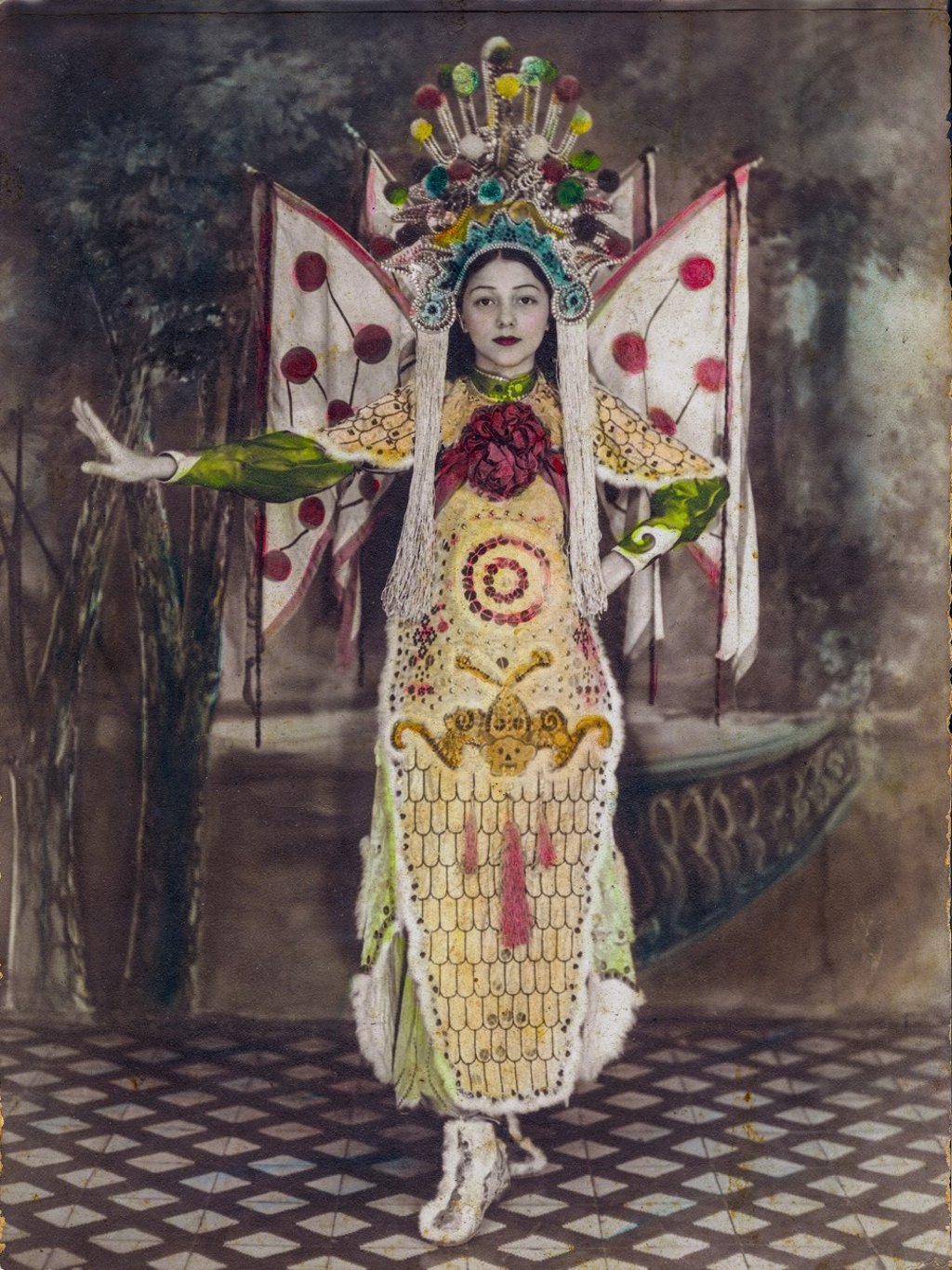He couldn’t tell they were Chinese: dying Chinatown of Havana, Cuba, documented in US-based photographer’s exhibition
- The first Chinese arrived in Cuba in the 1850s, but finding their mixed-race descendants on the streets of Havana today wasn’t easy for Lau Pok-chi
- Among the subjects of the Hong Kong-born photographer’s exhibition in Shenzhen is a 90-year-old woman believed to be the last Cuban diva of Chinese opera

Caridad Amaran is believed to be the last Cuban diva of Chinese opera. She learned the traditional art form from her Chinese stepfather, who taught her how to read the language.
At 90 years old, Amaran – who has been performing since childhood – is still an active singer, and she is one of the extraordinary subjects featured in photographer Lau Pok-chi’s latest solo exhibition, “Chinese Diaspora”.
Lau, Hong Kong-born and based in the US state of Kansas, says he stumbled upon the talented singer by accident. When they met, he found her scrubbing oil off a Chinese printing press with a kerosene-soaked toothbrush. “I couldn’t believe this Cuban woman could recognise these Chinese [characters] and put them in order,” Lau recalls.

The exhibition, which runs until August 30 at the Yuezhong Museum of Historical Images in Shenzhen, over the border from Hong Kong in southern China, charts the decay of Havana’s Chinatown, the country’s once-thriving Chinese culture and community, and its mostly mixed-raced descendants.